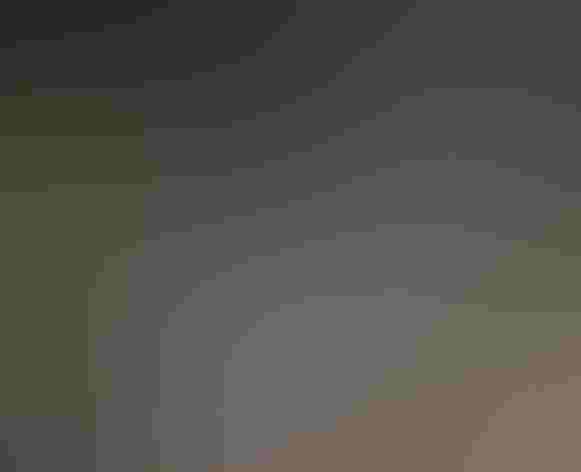Fork-tailed Storm-Petrel
At a Glance
A small, silvery seabird of cold waters off the Pacific Coast, most common off southern Alaska. Flutters low over the waves offshore, sometimes in flocks. Its center of distribution is much farther north than those of other storm-petrels in Pacific; it is able to fly well even in serious winter storms, zigzagging through wave troughs.
All bird guide text and rangemaps adapted from Lives of North American Birds by Kenn Kaufman© 1996, used by permission of Houghton Mifflin Harcourt Publishing Company. All rights reserved.
Category
Gull-like Birds, Storm-Petrels
Conservation
Low Concern
Habitat
Coasts and Shorelines, Open Ocean
Region
Alaska and The North, California, Northwest
Behavior
Erratic, Flap/Glide, Rapid Wingbeats
Population
4.000.000
Range & Identification
Migration & Range Maps
Not strongly migratory, with most remaining in far northern waters all year. In some winters, fair numbers move south to central California, rarely farther.
Description
8-9" (20-23 cm). Gray, with blackish on wings and around eye. Compare to Ashy Storm-Petrel (can look pale), also phalaropes.
Size
About the size of a Robin
Color
Gray
Wing Shape
Broad, Pointed, Tapered
Tail Shape
Forked, Notched
Songs and Calls
Twittering and squeaking notes given near nest.
Call Pattern
Flat
Call Type
Rattle, Raucous, Scream
Habitat
Open ocean. Favors cold waters, foraging over continental shelf and farther out to sea, sometimes fairly close to land. Extends north into Bering Sea, and may even occur around edges of floating ice. Nests on islands, mostly hilly islands with good cover of grass or shrubs.
Sign up for Audubon's newsletter to learn more about birds like the Fork-tailed Storm-Petrel
Behavior
Eggs
One. Dull white, with fine dark dots around larger end. Incubation is by both sexes. Incubation period averages about 50 days, ranges from 37-68 days.
Young
Both parents feed young. At first young is fed orange oily substance regurgitated by adults, later semi-digested fish. Young fledges about 60 days after hatching, goes out to sea.
Feeding Behavior
Takes food from surface of water. Forages mostly by hovering and picking at surface with bill, also by dropping into water and then resuming flight, sometimes by picking at items while swimming.
Diet
Includes fish, crustaceans. Feeds mostly on small fish, crustaceans, and floating natural oils. Skims oily fat (from dead or wounded animals) from surface of water. Also may feed on carrion or floating refuse.
Nesting
Nests on islands, commonly in large colonies. Active around nesting sites only at night. Nest: Excavates burrow in soil or uses natural rock crevices, openings in rock piles, or old burrows of other species (such as puffins). Sometimes two or more pairs have nests in side tunnels branching off from single entrance. Nest chamber usually with little or no lining added, sometimes small amount of grass.
Climate Vulnerability
Conservation Status
Still abundant in the North Pacific, although some island colonies may have been affected by introduced rat populations.



